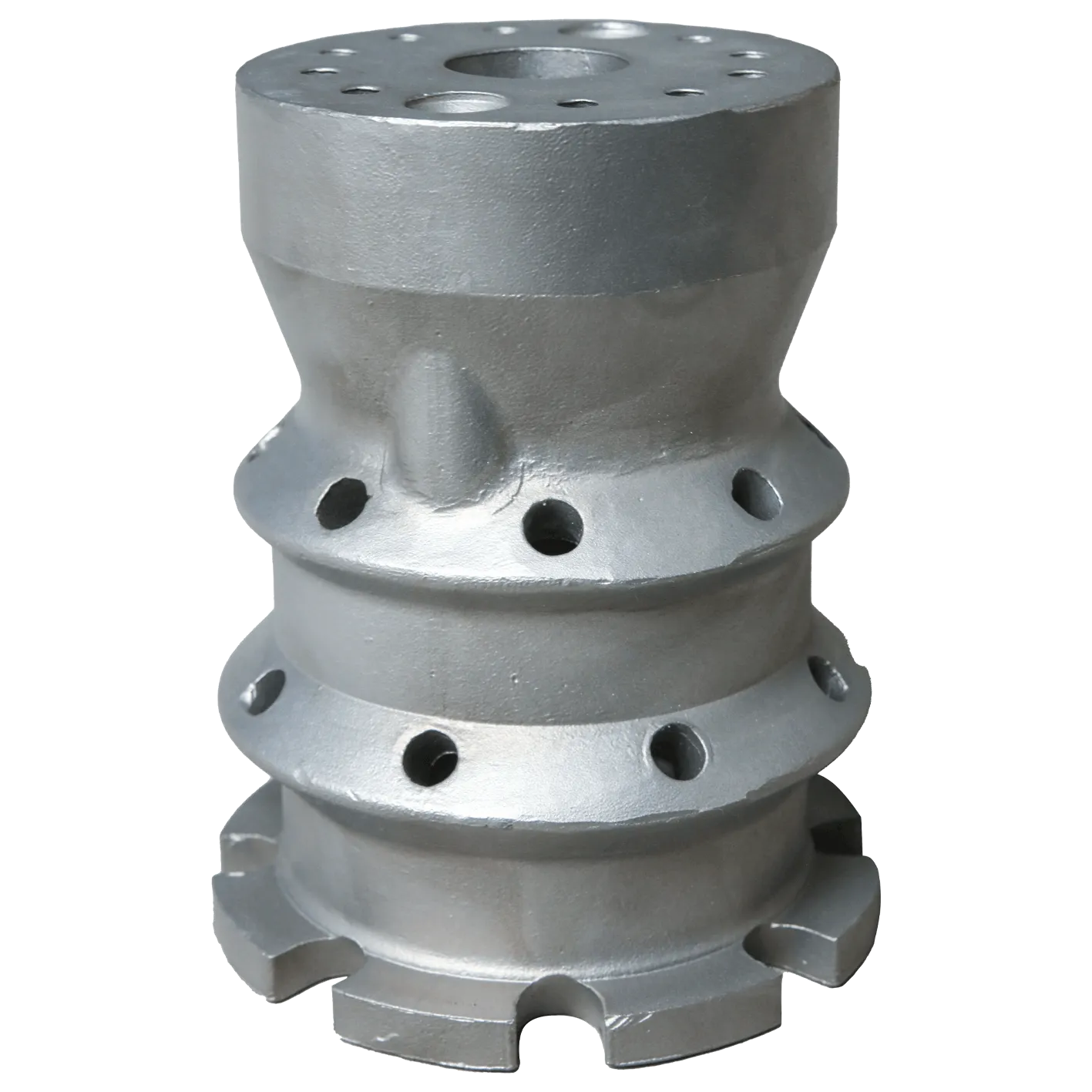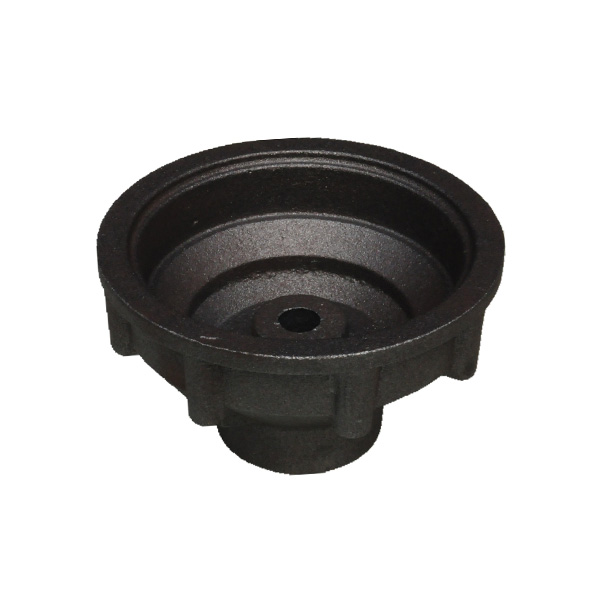Mobile:+86-311-808-126-83
Email:info@ydcastings.com
Feb . 20, 2025 09:03
Back to list
electric water pump for car
CF8 and CF8M are two distinct grades of stainless steel used primarily in the manufacturing of valves, pumps, and various industrial components. Their composition provides them with specific properties ideal for certain applications, yet they are often misunderstood or used interchangeably with inadequate regard for their unique characteristics. Understanding CF8 and CF8M requires diving deep into their metallurgical content, characteristics, and suitability for different industrial applications.
One of the core benefits of using CF8 and CF8M in manufacturing is their ease of casting and machining. These materials can be fabricated into complex shapes without losing their structural integrity. Their adaptability to welding processes also means they can be integrated into larger assemblies without compromising the joints' corrosion resistance — a critical factor in ensuring component longevity in corrosive environments. Notably, the ease of machinability of CF8 and CF8M translates into reduced production costs, as less processing time is needed to produce complex components. While both CF8 and CF8M have their exclusive advantages, the choice between them hinges on the specific environmental conditions and mechanical requirements of the application. CF8 could be more cost-effective for environments with moderate corrosive elements, while CF8M, although slightly more expensive, offers peace of mind and reliability in harsh, chemically aggressive environments. Engineers and material specialists must carefully consider the application's unique requirements, often performing thorough analysis and testing to identify which alloy will yield the most efficient and effective results. Importantly, the selection of CF8 or CF8M should be aligned with regulatory standards and certifications pertinent to industry applications. Adherence to standards such as ASTM A351/A351M or ASTM A744/A744M can provide assurance of the material's quality and performance capabilities. Moreover, third-party validation and supplier credentials should be considered to ensure the authenticity and reliability of the stainless steel being utilized. In summary, CF8 and CF8M stainless steels are distinguished not only by their chemical compositions but also by the specific applications for which they are best suited. Their distinct properties make them versatile and reliable choices for manufacturers seeking materials that offer both strength and corrosion resistance. The decision to use CF8 or CF8M should be guided by a thorough understanding of the environmental conditions, stress factors, and regulatory requirements. Such attention to detail will ensure that the stainless steel selected not only meets but exceeds the operational performance expectations, thus reinforcing its role as an indispensable component in varied industrial applications.


One of the core benefits of using CF8 and CF8M in manufacturing is their ease of casting and machining. These materials can be fabricated into complex shapes without losing their structural integrity. Their adaptability to welding processes also means they can be integrated into larger assemblies without compromising the joints' corrosion resistance — a critical factor in ensuring component longevity in corrosive environments. Notably, the ease of machinability of CF8 and CF8M translates into reduced production costs, as less processing time is needed to produce complex components. While both CF8 and CF8M have their exclusive advantages, the choice between them hinges on the specific environmental conditions and mechanical requirements of the application. CF8 could be more cost-effective for environments with moderate corrosive elements, while CF8M, although slightly more expensive, offers peace of mind and reliability in harsh, chemically aggressive environments. Engineers and material specialists must carefully consider the application's unique requirements, often performing thorough analysis and testing to identify which alloy will yield the most efficient and effective results. Importantly, the selection of CF8 or CF8M should be aligned with regulatory standards and certifications pertinent to industry applications. Adherence to standards such as ASTM A351/A351M or ASTM A744/A744M can provide assurance of the material's quality and performance capabilities. Moreover, third-party validation and supplier credentials should be considered to ensure the authenticity and reliability of the stainless steel being utilized. In summary, CF8 and CF8M stainless steels are distinguished not only by their chemical compositions but also by the specific applications for which they are best suited. Their distinct properties make them versatile and reliable choices for manufacturers seeking materials that offer both strength and corrosion resistance. The decision to use CF8 or CF8M should be guided by a thorough understanding of the environmental conditions, stress factors, and regulatory requirements. Such attention to detail will ensure that the stainless steel selected not only meets but exceeds the operational performance expectations, thus reinforcing its role as an indispensable component in varied industrial applications.
Next:
Latest news
-
Understanding Metal Casting TechniquesNewsApr.02,2025
-
Understanding Exhaust Manifolds for Enhanced Engine PerformanceNewsApr.02,2025
-
The World of Metal FabricationNewsApr.02,2025
-
Key Components for Pump and Turbo EfficiencyNewsApr.02,2025
-
Essential Tools for Automotive Maintenance and RepairNewsApr.02,2025
-
Durable Valve Components for Effective Water ManagementNewsApr.02,2025
Related PRODUCTS











